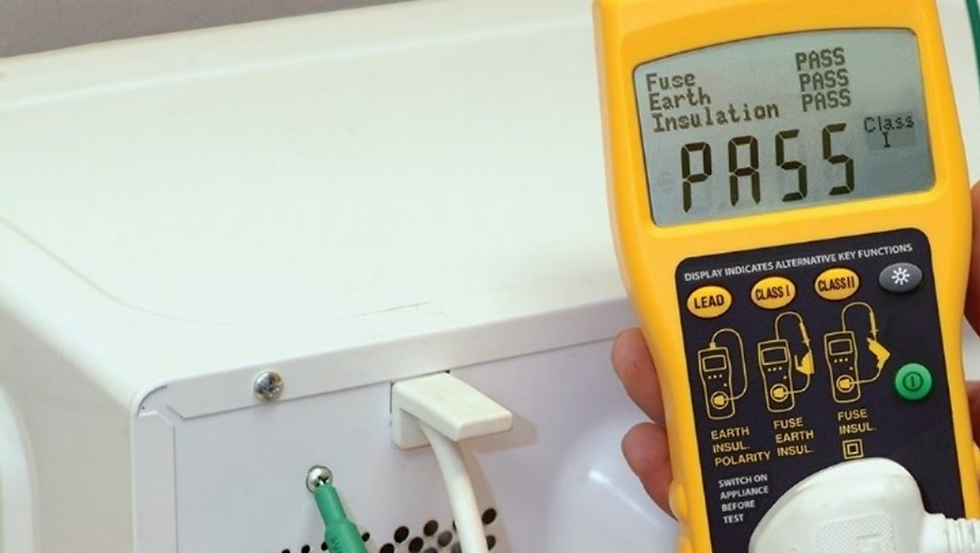
What does EET testing stand for?
EET Testing stands for Electrical Equipment Testing. It involves evaluating electrical appliances to ensure they are safe and comply with safety standards.
What is PAT testing called now?
PAT Testing, which stands for Portable Appliance Testing, is still commonly referred to by this name. However, it is also known as Electrical Equipment Testing (EET) in some contexts.
What are the three types of electrical testing?
Visual Inspection: Checking the physical condition of the equipment.
Earth Continuity Test: Ensuring the earth connection is continuous and secure.
Insulation Resistance Test: Measuring the insulation around wires to prevent electrical leakage.
Is PAT testing a legal requirement?
PAT Testing itself is not a legal requirement. Still, it helps to comply with several health and safety regulations, such as the Electricity at Work Regulations 1989, which mandate that electrical equipment be maintained safely.
What is the British standard for PAT testing?
The British standard for PAT Testing is BS 7671, which outlines the requirements for electrical installations. Additionally, the IET Code of Practice for In-Service Inspection and Testing of Electrical Equipment provides detailed guidelines.
What is the difference between EICR and PAT testing?
EICR (Electrical Installation Condition Report): This report focuses on the fixed wiring and overall electrical system within a building.
PAT Testing: Concentrates on portable electrical appliances and equipment to ensure safety.
Do plug sockets get PAT tested?
No, the plug sockets themselves are not PAT tested. However, the equipment plugged into them will be tested. The integrity of plug sockets is usually checked during an EICR.
What can fail a PAT test?
Several issues can cause an appliance to fail a PAT test, including:
Damaged plugs or cables
Poor insulation resistance
Inadequate earth continuity
Incorrect polarity in plugs
How long is a PAT test valid for?
The validity of a PAT test depends on the type of equipment used and its environment. Typically, it ranges from 3 months to 2 years. High-risk environments may require more frequent testing.
If you have any more questions or need further clarification on any topic related to EET Testing, click here (opens external link)







.png)
Comments